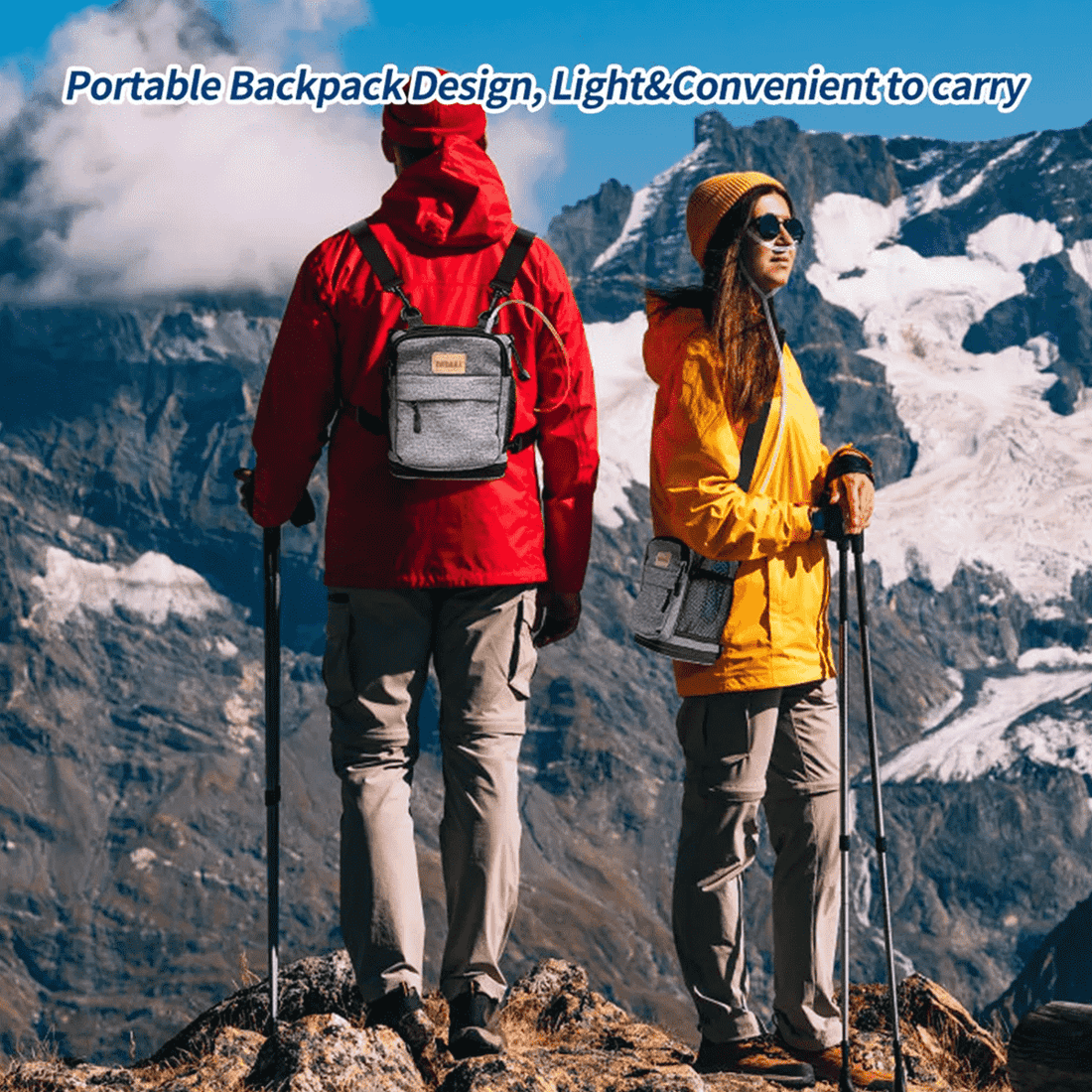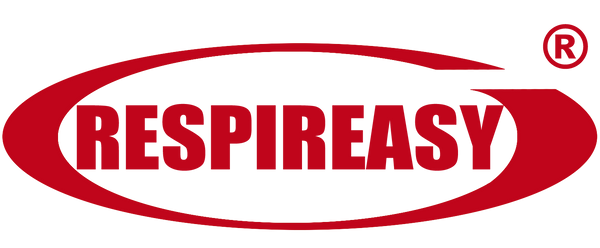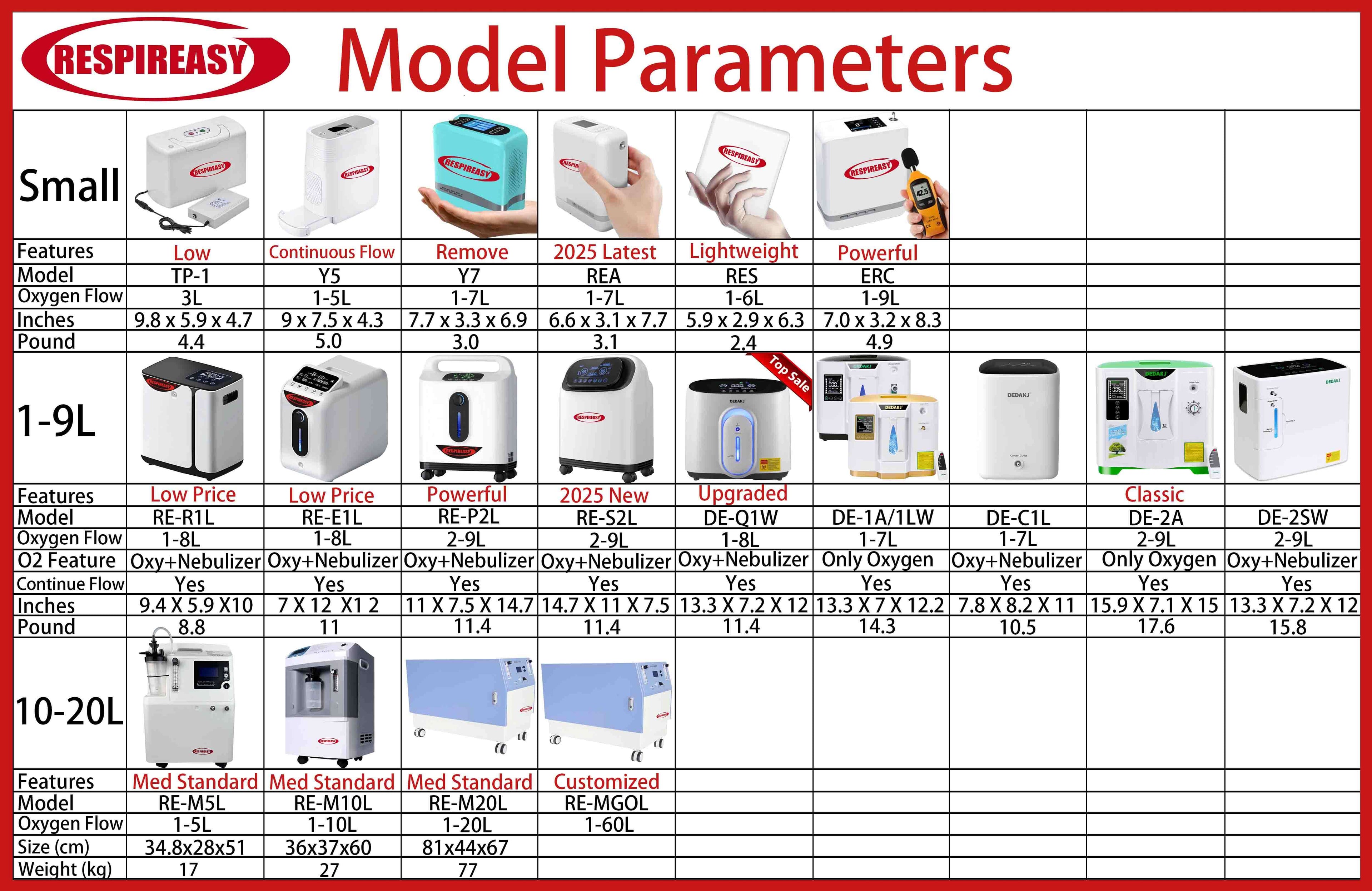
Oxygen Devices
Abstract
The use of oxygen has expanded from inpatient to outpatient care for patients with chronic lung disease and complications of hypoxemia. This article provides an overview of oxygen devices (oxygen concentrators, compressed gas cylinders, and liquid oxygen) and delivery systems (high flow and low flow). The indications, advantages, and disadvantages of each device and delivery system are presented with the goal of providing up-to-date knowledge to members of the multidisciplinary team managing patients with respiratory failure, allowing the appropriate device and delivery system to be selected based on the needs of each patient.
The use of oxygen has expanded from inpatient to outpatient care for patients with chronic lung disease and complications of hypoxemia. The Nocturnal Oxygen Trial and a study published by the UK Medical Research Council were landmark studies that provided comprehensive evidence for home oxygen use. The following three groups of patients with chronic hypoxemic lung disease are suitable for long-term oxygen therapy:
1) Patients with an arterial oxygen tension ( P aO 2 ) ≤55 mmHg in the non-recumbent position despite optimal treatment of the underlying disease.
2) Patients with P aO 2 > 55 mmHg and evidence of central nervous system dysfunction, cor pulmonale, secondary pulmonary hypertension, or polycythemia.
3) Patients with a significant drop in P aO 2 below 55 mmHg and desaturation during sleep and/or exercise.
Today, women use long-term oxygen therapy more often, and this is expected to increase further in the near future due to the large number of middle-aged female smokers. A wide range of oxygen-conserving devices are available, and the selection and prescription of the best device requires a clear understanding of these devices, given the high cost of long-term oxygen therapy and its impact on patients' health-related quality of life. In this review, we will describe the different oxygen devices and delivery systems.
Oxygen concentrator with steering wheels Portable oxygen concentrator Home oxygen concentrator
Oxygen concentrators
How do they work?
An oxygen concentrator is a safe source of oxygen-enriched air. An oxygen concentrator (sometimes called an oxygen generator) is a device that draws room air through a series of filters to remove dust, bacteria, and other particulate matter. In the first step of the concentration process, the machine forces air into one of two cylinders containing a molecular “sieve” material or semipermeable membrane, where nitrogen is absorbed, leaving concentrated oxygen (90% or higher) and small amounts of other gases found in room air. Simultaneously, in the other cylinder, nitrogen is desorbed and pumped into the atmosphere. In the second step, the cylinders’ functions are reversed in a timed cycle, providing a continuous flow of oxygen to the patient. A typical oxygen concentrator can deliver an oxygen flow of 0.5–5 L·min−1 (low-flow oxygen concentrator), while some models can produce up to 10 L·min−1 (high-flow oxygen concentrator)
Types of oxygen concentrators and oxygen delivery
Oxygen concentrators come in two types: stationary and portable. Stationary (home) concentrators provide an uninterrupted supply of oxygen with a flow rate ranging from 0.5 to 10–15 L·min−1. They weigh about 10 kg on average. They have multiple ergonomic handles built into them, giving the option of lifting or rolling the device. Recently, new miniature concentrators have entered the market, making stationary concentrators more portable than ever before. Concentrators plug into the home's mains power supply and consume 300 W (or less) per hour (roughly equivalent to the power of four light bulbs). Spare compressed gas cylinders are sometimes provided in case of power outages.
A relatively new option is the ultra-small home concentrator, which weighs about 4.5 kg. These devices can run on either alternating current (AC; e.g., from a wall socket) or direct current (DC; e.g., from a cigarette lighter socket) and are mobile (e.g., they can be easily moved from room to room or travel by car). They currently support oxygen flow rates of up to 2 L·min−1.
Portable oxygen concentrators are the latest technology for LTOT users who want a small, lightweight, portable oxygen solution in a compact mobile unit (. Portable concentrators vary in weight, size, oxygen flow settings, L·min−1 range, and battery life, among other specifications.

The main differences between fixed and portable concentrators can be summarized in four main factors:
1) Oxygen output
2) Size and weight
3) Power options and
4) Price
Fixed oxygen concentrators have higher oxygen output and lower cost. Portable oxygen concentrators are smaller, lighter, and have greater power flexibility. Portable oxygen concentrators are the best choice for patients who lead busy lives and are often away from AC (wall outlet) power. Most portable oxygen concentrators use lithium-ion batteries, which degrade over time. Most of these batteries can be recharged about 300 times without noticeable degradation.
Typically, oxygen concentrators deliver oxygen in two ways: continuous flow dosing and pulse mode delivery. Continuous flow dosing provides a constant, steady and reliable flow of oxygen based on a set value (L min −1 ), while pulse mode delivery delivers a pulsed “bolus” of oxygen as the user begins to breathe. First, the individual flow settings should be adjusted.
Oxygen concentrators do not need to be refilled. Concentrators run on electricity and therefore provide an unlimited supply of oxygen. Portable concentrators can be used in “on the go” mode with a battery pack, with some models providing up to 12 hours of continuous use. Concentrators are more cost-effective in the long term than compressed gas cylinders and have been known to last up to 1500 hours of continuous use














